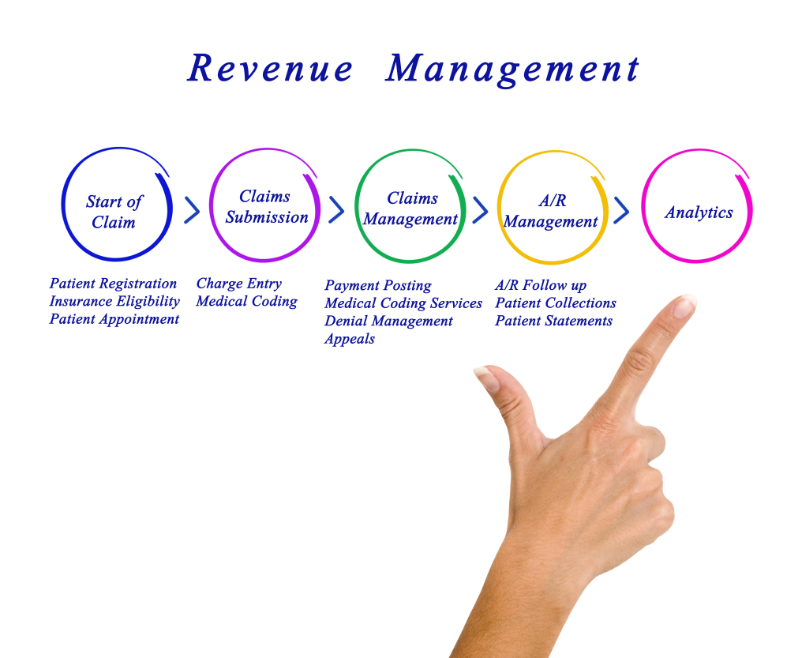Expenses mean the cost of providing services to patients. Expenses are frequently called overhead (Hatten, 2019).
Examples of expenses can include the following (Kimmel et al., 2018):
- Wages and salaries
- Fringe benefits
- Supplies
- Food services
- Utilities
- Office and medical supplies
The expense budget is part of the operating budget. It does not include capital equipment and supplies charged directly to patients as revenues (Barringer & Ireland, 2021).
Capital equipment is the term that includes expensive equipment that is expected to be useful over many years (new beds or monitors), not part of the day-to-day unit expenses (Hatten, 2019).
The expense budget is a commitment to the planning decisions. It is a balancing act, and managers gain stature by achieving the balance through their skills. They are respected and sometimes rewarded if they can control expenses, running a "taut ship." So, healthcare business managers have an incentive to submit low budgets. However, they must also achieve the organization's objectives for quality care and staff satisfaction. To provide care and staff satisfaction, managers view this as an incentive to pad the budget to ensure that they will have enough resources. The best managers strive to know their costs as accurately as possible to achieve the organization's goals for their units. When skilled managers submit higher budget proposals than expected, the budget reflects expanded goals, not padded expense figures (Kimmel et al., 2018).
A report of expenses acts as an essential tool used in developing this budget and should be available for each expense category. Changes in supply requirements or utilization can result from changes in the number of patients, a change in the degree of severity of patient's conditions, a change in the type of patients, or changes in equipment needs; this budget must also be adjusted for inflationary impact (Liebler & McConnell, 2020).
A monthly expense statement helps monitor this budget. In determining causes for variations, the activity level of the department/division/unit in a healthcare company should be examined for any relationship to the expense variance noted. If the difference is due to improper utilization of supplies, then a plan to correct the situation should be developed. Sometimes, it may be necessary for the healthcare business manager to make staff aware of budget overruns and ask for assistance in conserving supplies (Barringer & Ireland, 2021).
Direct expenses translate to those items under the direct control of the healthcare company. The term can include salaries and benefits of the staff, supplies used, outside services contracted (e.g., agency nurses used to fill staffing gaps), or any other expense incurred directly from the manager or a staff member (Hatten, 2019).
Because these are expenses that the manager is expected to control, they must be estimated as thoroughly as possible. It is vital to consider any changes in supplies used that might affect supply costs. In looking at costs, all staff development costs and any realistically estimated costs due to staff turnover, particularly in overtime and fees for agency staff, must be reviewed (Kimmel et al., 2018).
Indirect expenses are apportioned or allocated costs for services necessary for the unit's operation that are not controlled by the manager (Barringer & Ireland, 2021). The most general example of this would be expenses for building maintenance and utilities such as heat and light. These are not direct expenses but are costs that a maintenance department incurs. The difficult problem here is that the operation of the nursing service requires that a boiler in the heating plant be maintained. Still, every other department of the institution also requires boiler maintenance. Most institutions have a formula for allocating specific costs. Such a method will be designed to comply with the guidelines of third-party payers on how costs can be assigned to be accepted for reimbursement. In some large hospitals, indirect costs may be allocated by complex computer programs that consider how each department interacts with and supports or draws support from other departments (Hatten, 2019).
A capital expenditure budget is established to fund the purchase of major equipment or projects like expansion, improvement, or replacement of the physical plant and equipment (Kimmel et al., 2018).
The capital budget entails projects and investments needed or desired in a facility and identifies sources of the required funds. Each item of a capital budget is defined in terms of the dollar. Criteria for the capital budget are that the item must be above a specific dollar cost and have a life expectancy greater than a set time. The budget provides for the depreciation of each capital budget item. The depreciation of an object is an accounting tool that allows the company to allocate the expense of an item over its useful life. It is intended to give a realistic picture of month-to-month operating expenses concerning the income generated by the capital equipment (Barringer & Ireland, 2021).
Capital budgets can also include land purchase, buildings (maintenance, renovations, remodeling, and replacement), and replacement of existing equipment. The need for each item in the capital budget needs documentation. All proposals for capital equipment need an evaluation for the amount of use, payment methodology, safety, replacement, depreciation of service, and every conceivable angle, including the need for space, personnel, and renovation (Hatten, 2019).











